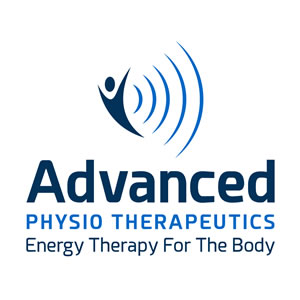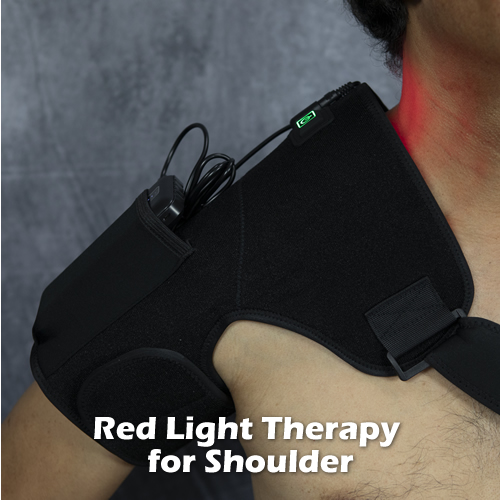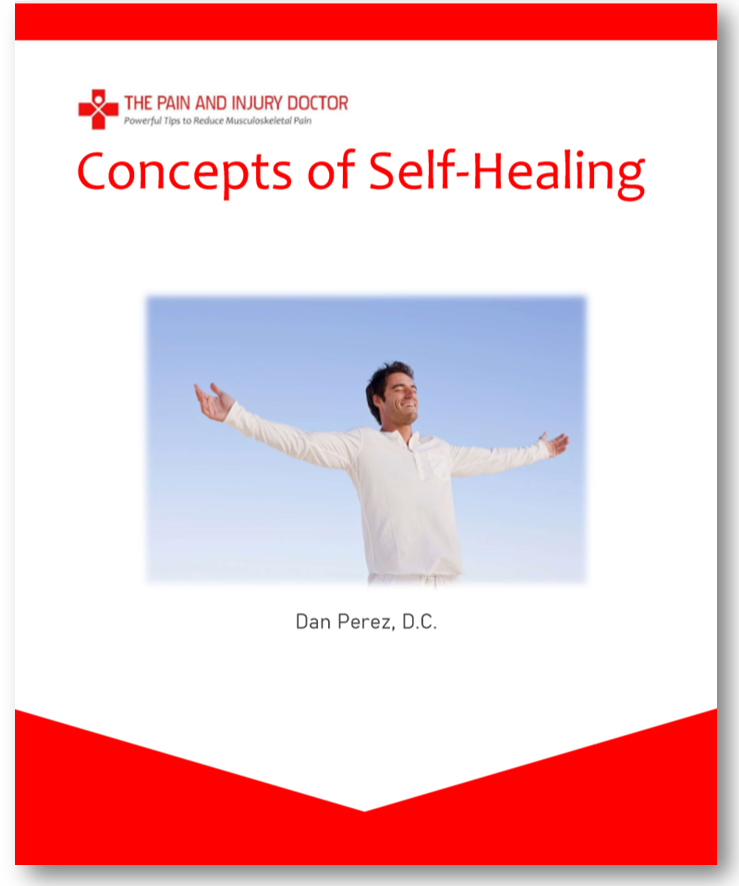
Golf Injuries and Pain – How to Protect Yourself and Have Fun
If golf is one of your favorite recreational activities, you likely are aware of the unique demands the game places on your body. Perhaps you even sustained an injury or developed pain related to your golf game. Let’s take a closer look at the physical demands of playing 18 holes.
First of all, let me start out by saying that besides being a popular sport, golf is a good opportunity to exercise (especially if you carry your own clubs and don’t use a cart).
Number one, it involves a lot of walking. The best part about walking is that it keeps you away from sitting. It may not sound like a big deal, but it is. Excessive sitting, science is finding, is associated with deleterious health outcomes regardless of physical activity. This means too much sitting is so bad for your health that exercising later cannot recoup the damage it does.
Secondly, you are outdoors exposed to sunshine. Getting adequate sunshine is essential to maintaining normal Vitamin D levels, which promotes strong bones, teeth and supports the body’s immune system. Being outdoors among trees and grass on the weekend is especially beneficial to your health if you have a high-stress office job during the week.
So if you abhor exercising in a gym, perhaps you should investigate the game of golf, if you haven’t already.
Now, back to the topic. Here are the potential problems that can come with playing golf:
Driving. Each hole starts out with a driver, the longer clubs with bigger, heavier heads. These clubs are designed for distance and therefore require a big swing radius (a big wind-up).
Well, that wind-up involves over-rotation of your lumbar spine. That feeling of discomfort when you swing a driver is occurring at the lumbar facet joints, the small joint surfaces behind the vertebral bodies that interlock with adjacent vertebrae above and below.
Most rotation movement of the torso is produced by the thoracic vertebral joints, from the base of the neck down to the beginning of the lumbar (low back) spine. This is because facet joints of thoracic vertebrae are relatively flat and in the same rotational plane, as illustrated below:
Lumbar vertebrae, on the other hand, have deeper, concave facet joint surfaces that act as limiters to rotation. Basically, lumbar vertebrae do not like to twist.
You can feel the pressure in your low back when you have the driver at the top of back swing position and again towards the end of the swing. The rotational (twisting) force is reduced when you lift and turn in your rear foot as you follow through the swing, but if that foot motion is delayed the lumbar spine absorbs more of the rotational force.
Over time, repeated over-twisting of the lumbar spine can cause the lumbar facet joints to degenerate and even develop fractures. This can lead to other problems, like pinched nerve roots from foraminal stenosis (narrowing of nerve passageway due to bone and/or ligament occlusion). Tiger Woods used extreme lumbar rotation in his swing and it caught up to him; he had four low lumbar surgeries over his careerr and now suffers from chronic low back pain.
The lesson here is to make sure you lift your trailing foot at the appropriate time of the swing to avoid excess rotational pressure to your lower back (and be mindful not to over rotate, otherwise risk having back problems in the future).
Another joint that bears a lot of stress during driving is the lead knee. As you follow through with the swing, your pelvis rotates with your spine. Tightly connected to each side of your pelvis are the femoral heads– one half of the hip joint. When you lift your trailing foot, it reduces rotation to your lumbar spine by removing a stabilizer, but at the price of putting a greater rotational burden on the lead knee and ankle. As the pelvis rotates and reaches end-range, it pulls the femur with it. But the femur and tibia remain stationary (golf shoe spikes dug into the turf ensure this; plus more of your weight shifts to the lead leg towards the end of the stroke). This results in a torsional force generated through the lead leg, internally rotating the hip, knee and ankle. This can cause strain to the hip joint, meniscal tears in the knee and sprain to the ankle ligaments.
So the lumbar spine and leading hip, knee and ankle are joints that absorb significant rotational stress during a driving swing.
To a lesser extent, the leading shoulder joint and wrist absorb stress due to their awkward positions; the shoulder with acute internal rotation and the wrist acute radial deviation. This can strain the shoulder rotator cuff and ligaments and tendons of the wrist.
Putting (and driving). It may not seem like a lot of movement is going on during putting, but the putting position is indeed strenuous to the lower lumbar discs. You are bent at a 30 degree angle or so at the waist for an extended time (most people concentrate and take their time before their putt attempt). This is one of the worst positions for your low back as it places tremendous pressure on your L4 and L5 discs. especially if you have a weak core (abdominal and low back muscles).
The hydrostatic pressure builds up in the disc, enough to cause a disc herniation in some people.
In the picture above, the golfer is preparing to hit the ball with a driver. Notice the angle of the torso relative to the legs. The fulcrum is exactly at the L5-S1 joint and the lever is the torso, with the load being the gravity vector of the torso (weight). The force (F) is partially distributed to the back muscles, but the discs still bear significant pressure in this position.
The Solution
If you’re an avid golfer, a little sore back isn’t going to stop you from playing, right? That is usually the case in those who love their sport or hobby.
So my advice to you is:
- Always use proper form and good posture. When driving, emphasize generating power from your core muscles– abdominals, especially obiques–then your latissimus (“lats”) muscles. Lift your trailing foot at the precise moment to lessen lumbar rotation during a wide swing.
- If you are prone to low back pain, modify your driving swing to protect your back. You may have to use less lumbar rotation and more power from your arms and shoulders. Practice your custom swing and hone it so it becomes natural during game time. For example, if you are getting low back pain, shorten your lumbar rotational arc by 30 degrees and generate more power from your latissimus muscles to compensate.
- Minimize rounding (flexion) of your low back during putting and driving. A straighter or even concave low back is stronger than a flexed low back. This is called “hinging.” You keep your lumbar spine and pelvis locked, and hinge at the hip joints to lower your torso to the ground.
- Exercise and stretch the swing muscles. The muscles you should target for stretching are the trapezius, latissimus dorsi, rhomboids and triceps.
- Strengthen your shoulder joints by lifting light dumbbells in all directions/angles (from 12 o’clock position to 6 o’clock position) with palm facing down. Starting position of arm is down to your side; ending is as high as you can go.
- Stretch your shoulder joints using a 5-10 lb dumbbell or kettle bell, letting it hang straight down as you lean over and stabilize with the other hand on a chair or your opposite, bent knee. Make small circles with the weight, increasing in size; then reverse directions.
- Strengthen your core: abdominals and low back, using medicine ball exercises.
- Seek out an Active Release Technique (A.R.T.) therapist in your area. This is a special form of massage that involves engaging certain muscles while the therapist works them and is great for improving range of motion.
And last but not least, my standard mantra: your body will work better for you if you feed it well and give it enough rest. Make at least 80% of your diet naturally-occurring foods (as opposed to processed and prepared foods) emphasizing colorful vegetables, animal protein (grass fed/ pastured when you can) and healthy fats (olive oil, nuts, seeds, eggs, coconut, avocado, fish). A well-nourished body can heal injuries quicker and more completely, which is especially important if you play any kind of sport.
Also, don’t expect to be sedentary all week and be able to do activities physically demanding on the weekend. Excessive sitting/ lack of exercise de-conditions muscles. It makes them less coordinated, smaller and weaker. This is a recipe for injury (“weekend warrior” injuries).
A simple hack to passively get more exercise if you are a desk jockey is to get a standing desk. It’s better for your back, and your overall health (see below).
Now, go and have fun on the golf course! (with this information in mind).










 If the neck curve helps distribute the weight of the head in the upright position, what do you suppose might happen if the curve straightened out or started to bend in the opposite direction like the one to the left?
If the neck curve helps distribute the weight of the head in the upright position, what do you suppose might happen if the curve straightened out or started to bend in the opposite direction like the one to the left?






